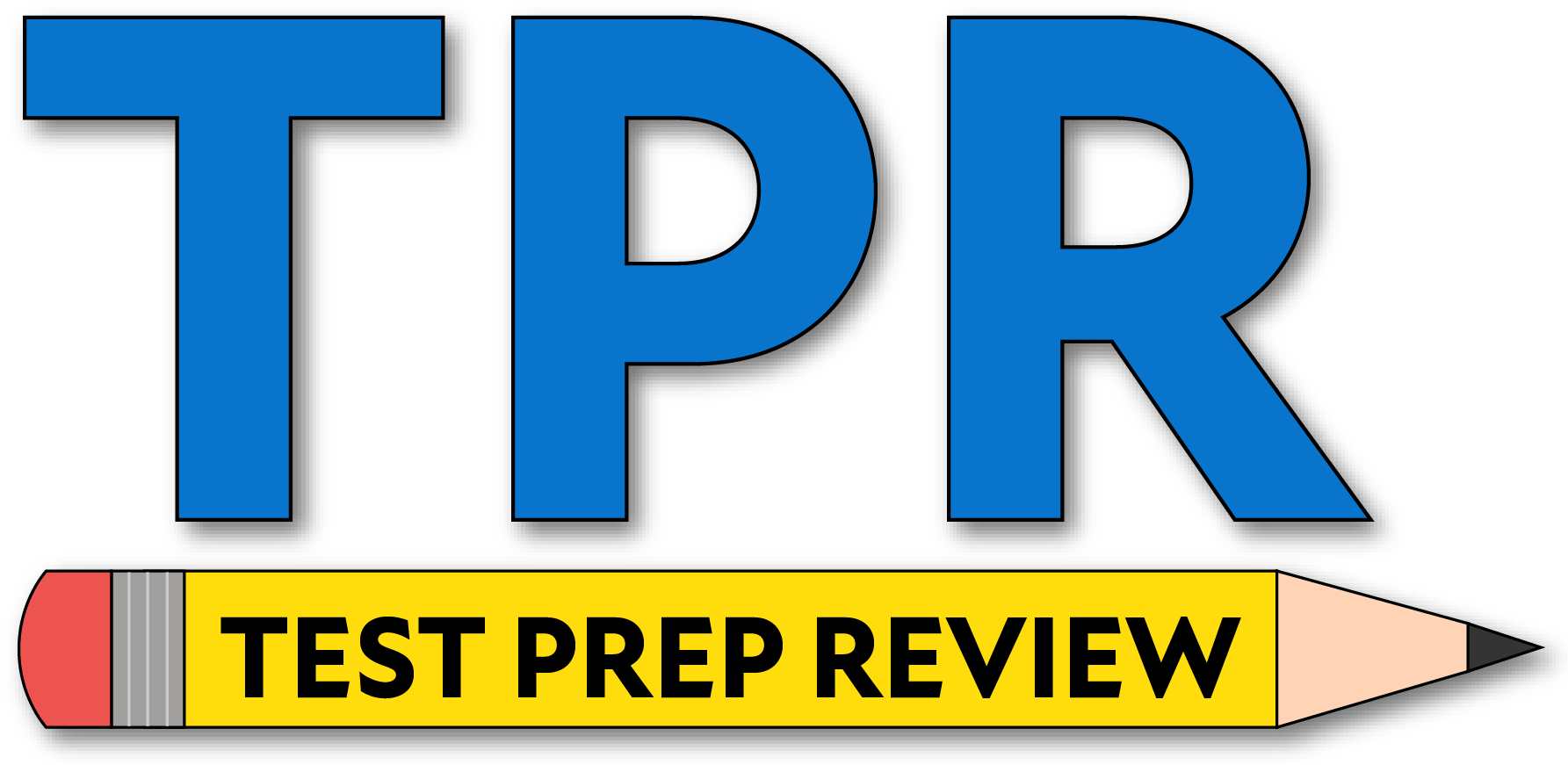- Which of the following is produced along with a polymer in a condensation polymerization?
- H2
- O2
- CO2
- H2O
Condensation polymerization joins monomers while eliminating a small molecule (most commonly water) as the new bond forms. The other choices are not typical by-products of condensation steps.
- Which organic compound is classified as a primary alcohol?
- Ethylene glycol
- Ethanol
- Glycerol
- 2-Butanol
Ethanol (CH3CH2OH) is a primary alcohol because its –OH group is on a carbon attached to only one other carbon. Ethylene glycol and glycerol are polyhydric alcohols (diol/triol), and 2-butanol’s –OH is on a secondary carbon.
- For ethyne (C2H2), what is the total number of electrons shared between the carbon atoms?
- 6
- 2
- 3
- 4
In ethyne (C2H2), the carbon–carbon triple bond contains three shared pairs of electrons (one σ bond and two π bonds) for a total of six shared electrons.
- Which nuclide is a radioisotope used in the study of organic reaction mechanisms?
- Carbon-12
- Carbon-14
- Uranium-235
- Uranium-238
Carbon-14 is a radioactive isotope used as a tracer to investigate organic reaction mechanisms. Carbon-12 is stable (nonradioactive), and uranium isotopes are not typically used to label organic molecules.
- Which set contains one natural polymer and one synthetic polymer?
- Cellulose and starch
- Polyethylene and nylon
- Protein and starch
- Protein and nylon
Proteins are natural polymers (polypeptides made from amino acids), while nylon is a synthetic polymer (a polyamide). The other pairs are either both natural or both synthetic.
- Which of the following can be oxidized to synthesize aldehydes?
- Primary alcohols
- Secondary alcohols
- Organic acids
- Inorganic acids
Primary alcohols oxidize to aldehydes. Secondary alcohols oxidize to ketones, and tertiary alcohols resist oxidation under similar conditions. Organic and inorganic acids are not oxidized to aldehydes.
- What does the reaction below represent?
- Substitution
- Addition
- Esterification
- Saponification
Adding H2 to C2H2 to form C2H6 is an addition (hydrogenation) reaction: hydrogen adds across the multiple bond, reducing the alkyne to an alkane.
- Which pair of names refers to the same compound?
- Ethyne and acetylene
- Ethyne and ethene
- Ethane and acetylene
- Ethane and ethene
Ethyne and acetylene are two names for the same compound (HC≡CH). Ethene is also called ethylene, and ethane is a different, saturated hydrocarbon.
- Which of the following best describes a condensation polymerization?
- Joining of monomers by the removal of oxygen
- Joining of monomers by the removal of water
- Oxidation of a hydrocarbon by oxygen
- Oxidation of a hydrocarbon by water
Condensation polymerization links monomers while eliminating a small molecule—often water or methanol. This contrasts with addition polymerization, which adds monomers without loss of small molecules.
- Which formula represents a ketone?
- CH3COOH
- C2H5OH
- CH3COCH3
- CH3COOCH3
Ketones have a carbonyl group (C=O) bonded to two carbon groups (R–CO–R’). CH3COCH3 (acetone/2-propanone) fits this. CH3COOH is a carboxylic acid, C2H5OH is an alcohol, and CH3COOCH3 is an ester.
- Which subatomic particle is found in all isotopes of hydrogen?
- Proton
- Neutron
- Electron
- Positron
All isotopes of hydrogen have one proton in the nucleus. Neutrons vary by isotope, and electrons can vary with ionization state.
- Which of the following best classifies the bond between hydrogen and oxygen in a water molecule?
- Ionic and nonpolar
- Ionic and polar
- Covalent and nonpolar
- Covalent and polar
The H–O bond in water involves shared electrons (covalent), but because oxygen is more electronegative than hydrogen, the bond is polar covalent.
- What is the total number of hydrogen atoms required to form one molecule of C3H5(OH)3?
- 1
- 5
- 3
- 8
In C3H5(OH)3, the “H5” contributes five hydrogens, and the three –OH groups contribute three more hydrogens to reach 8 total hydrogens.
- Which of the following is a compound that can act as an acid or a base?
- A neutral substance
- An amphoteric substance
- A monomer
- An isomer
An amphoteric substance can act as an acid or a base depending on conditions. Water is a classic example. “Neutral” describes pH, not acid–base behavior, and monomers/isomers are unrelated concepts.
- Which compound is an electrolyte?
- CH3OH
- CH3COOH
- C3H5(OH)3
- C12H22O11
Electrolytes produce ions in aqueous solution. Acetic acid (CH3COOH) partially ionizes (weak electrolyte), whereas methanol, glycerol, and sucrose do not ionize appreciably (nonelectrolytes).
- Which organic compound is classified as an acid?
- CH3CH2COOH
- CH3CH2OH
- C12H22O11
- C6H12O6
Organic acids contain the carboxyl (–COOH) functional group. Options with –OH but no –COOH are alcohols, and the sugars listed are not acids.
- When a sugar ferments, it produces ethanol and which other product?
- Water
- Oxygen
- Carbon dioxide
- Sulfur dioxide
Alcoholic fermentation converts glucose to ethanol and carbon dioxide:
\(\text{C}_6\text{H}_12\text{O}_6 \rightarrow 2 \text{C}_2\text{H}_5\text{OH} + 2 \text{CO}_2\)
Thus CO2 is produced along with ethanol.
- What does the reaction below represent?
- Substitution
- Addition
- Esterification
- Fermentation
CH2CH2 (ethene) adds H2 across its double bond to become CH3CH3 (ethane). This hydrogenation is an addition reaction, not substitution, esterification, or fermentation.
- In which pair of hydrocarbons does each compound contain only one double bond per molecule?
- C2H2 and C2H6
- C2H2 and C3H6
- C4H8 and C2H4
- C6H6 and C7H8
Alkenes have the general formula CnH2n (one C=C). C2H4 and C4H8 both fit this and can each contain one double bond, whereas C2H2 is an alkyne and C6H6 is aromatic.
Some C4H8 isomers are cycloalkanes, but in the typical context here these formulas denote alkenes.
- During fractional distillation, hydrocarbons are separated according to which points?
- Boiling points
- Melting points
- Triple points
- Saturation points
Fractional distillation separates hydrocarbons by differences in boiling point: shorter, less polarizable molecules boil at lower temperatures and rise higher in the column than longer, higher-boiling fractions.
